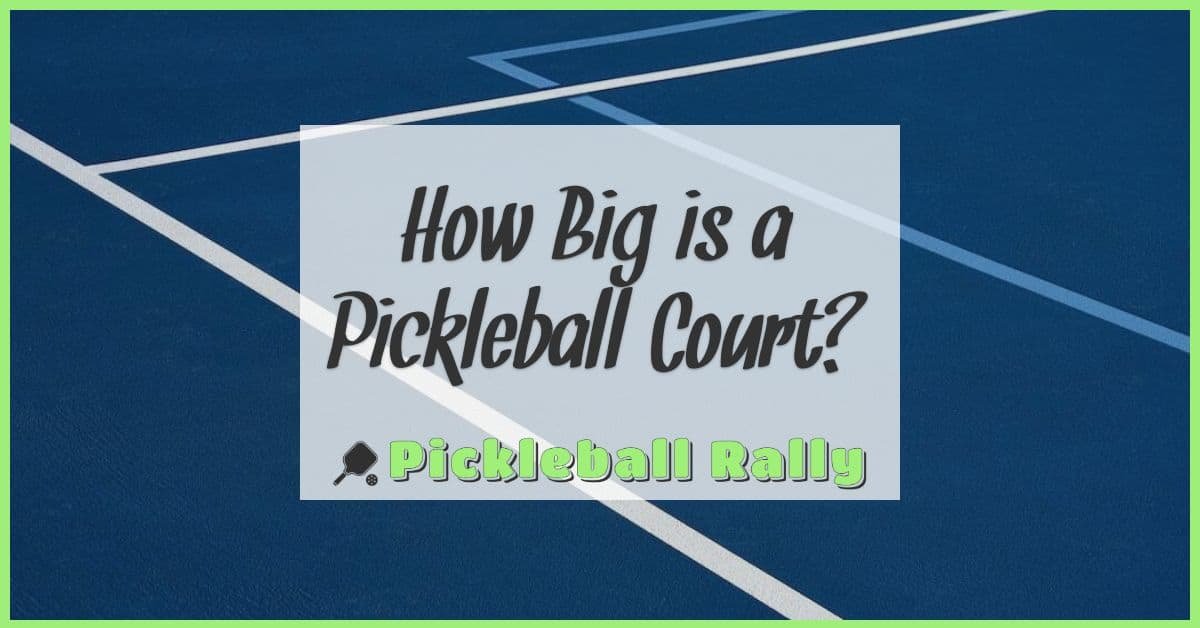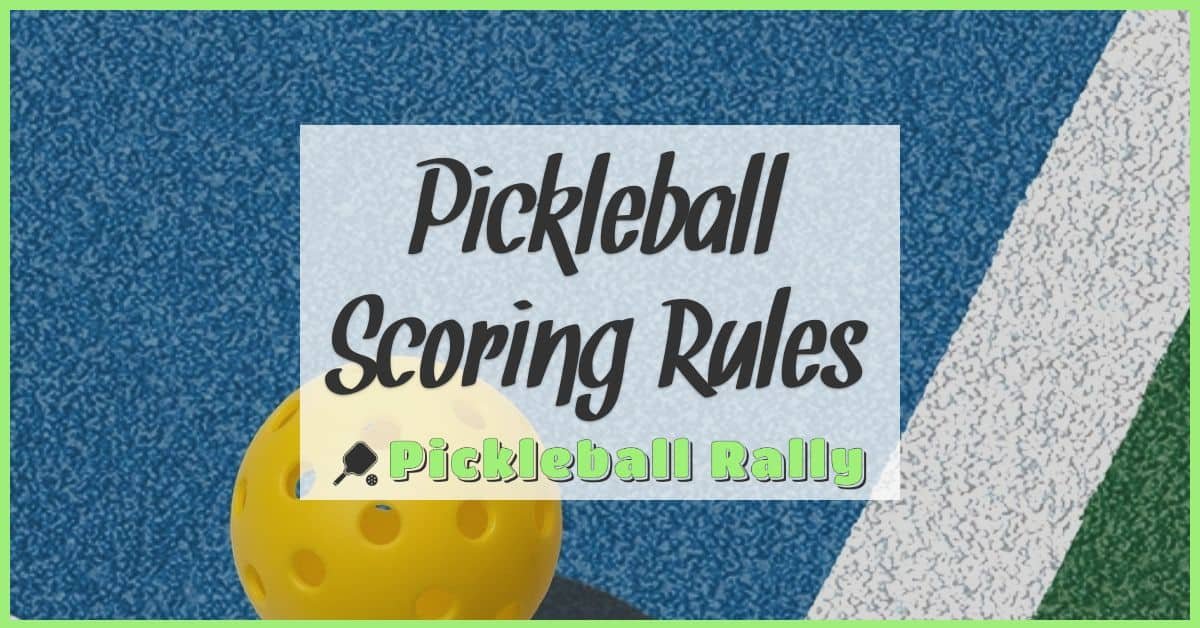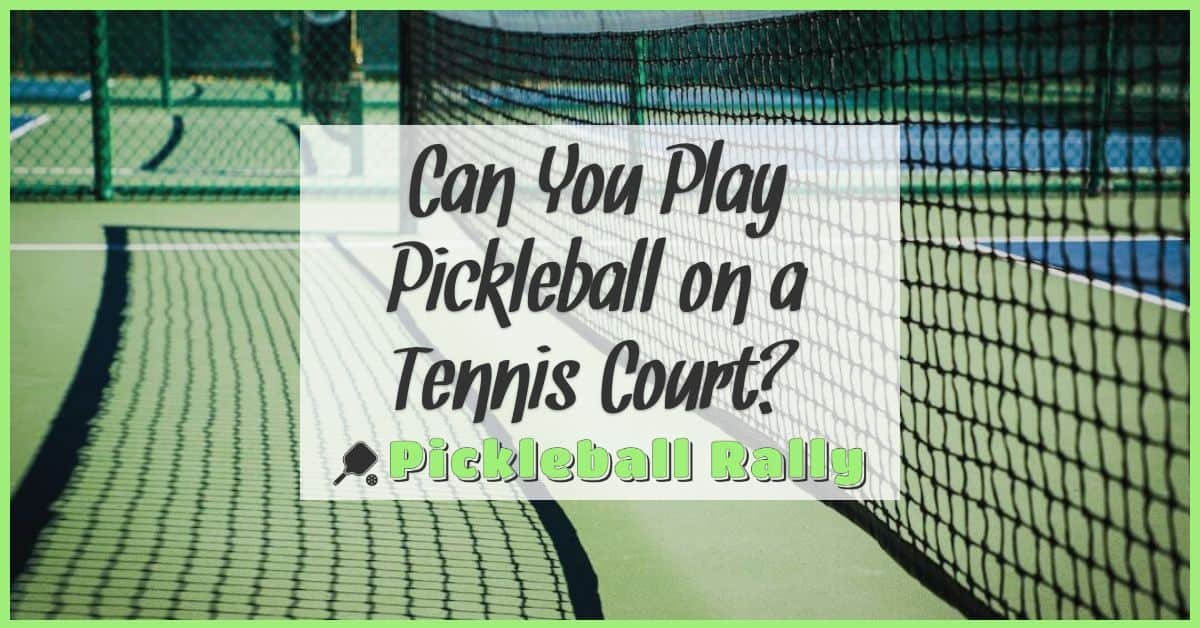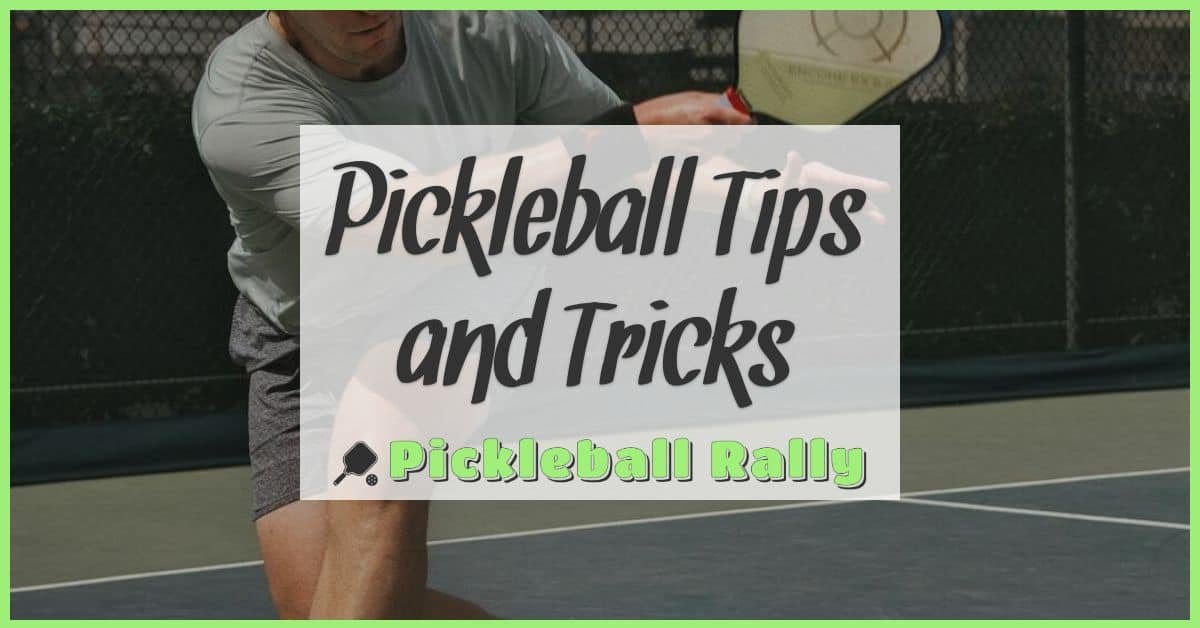Pickleball has quickly become one of my favorite sports to play and watch. It’s fast-paced, fun, and easy to pick up, but the serve can be a bit tricky when you’re just starting out. Getting the serve right sets the tone for the whole game, so understanding the rules and mastering a few simple tips can really boost your confidence on the court.
I remember when I first learned about the proper serve technique and realized how much it changed my game. Whether you’re a beginner or just looking to sharpen your skills, knowing the basics of the pickleball serve is key. Let’s dive into the essential rules and some helpful tips that’ll have you serving like a pro in no time.
Understanding the Pickleball Serve: Rules and Basics
Mastering the serve gives a major advantage in pickleball. Knowing the rules and types of serves helps me start every point with confidence and control.
Official Pickleball Serve Rules
I follow these key serve rules when playing or teaching pickleball:
- Underhand stroke: The paddle must contact the ball below the server’s waist, ensuring an underhand serve.
- Feet placement: One foot must stay behind the baseline, and neither foot can touch the court or baseline until after the ball is struck.
- Diagonal service: The serve must land in the opponent’s diagonally opposite service court, beyond the non-volley zone (kitchen).
- Single attempt: If the serve hits the net and still lands in the correct service area, a let serve allows a redo. Otherwise, one serve attempt ends the point or gives the point to the opponent.
- Serving order: Only one player serves each turn in singles. In doubles, both partners serve before the serve switches sides.
Types of Serves in Pickleball
I use different serves to keep my opponents guessing and match my skill level:
- Basic serve: A simple, controlled underhand serve that clears the kitchen and lands deep in the opponent’s service court.
- Drive serve: A faster serve aimed low and deep, designed to pressure the receiver but harder to control.
- Lob serve: A higher, softer serve that arcs over the opponent’s reach, useful for changing pace and strategy.
- Spin serve: I add topspin or backspin to the ball to affect bounce and make returns more difficult.
Practicing these serves helped me diversify my game and gain confidence during matches. I suggest focusing on consistent accuracy first, then experimenting with speed and spin to improve overall serve effectiveness.
Techniques for an Effective Pickleball Serve
Mastering the serve transforms your game by controlling the rally’s start. Precision and consistency rely on well-practiced techniques in stance, grip, motion, and follow-through.
Proper Stance and Grip
I start every serve by setting my feet shoulder-width apart, with my weight slightly forward on the balls of my feet. This stance provides balance and quickness for adjustments. I place my non-dominant foot slightly ahead, pointing toward the service court to align my body.
My grip mimics a shake-hands style, holding the paddle firmly but relaxed to allow wrist flexibility. This grip lets me control both speed and spin while maintaining comfort throughout repeated serves.
Serving Motion and Follow-Through
I initiate the serve with a smooth pendulum motion of the arm, swinging the paddle below waist level as rules require. The paddle meets the ball in front of my body, with contact at the lowest point of the drop to keep the stroke legal and effective.
Follow-through extends naturally toward the target court. This helps direct the ball accurately and keeps power consistent. I focus on a rhythmic motion rather than a forced hit, which improves control and reduces errors.
Common Serving Mistakes to Avoid
Some common errors reduce serve effectiveness. I watch for these pitfalls to stay sharp:
- Lifting the paddle above the waist, which breaks the underhand serve rule and leads to faults.
- Placing feet outside the baseline or stepping into the court before ball contact, causing foot faults.
- Tossing the ball instead of dropping it results in inconsistent contact and timing issues.
- Rushing the serve reduces control; I slow down to focus on placement before speed.
- Neglecting follow-through leads to weak or misdirected serves.
Focusing on these techniques strengthens your serve significantly and sets a competitive pace right from the first shot.
Advanced Tips to Improve Your Serve
Improving your pickleball serve involves more than just following the rules. Mastering spin, placement, and strategy raises your game and keeps opponents guessing.
Adding Spin and Placement
Adding spin enhances control and disrupts your opponent’s rhythm. I focus on brushing the paddle slightly upward or sideways at contact to create topspin or sidespin. This technique causes the ball to bounce unpredictably, forcing weak returns. Targeting spots near the sidelines or deep into the service court narrows their angles and limits their shot options. I recommend practicing spin and placement separately, then combining them to build consistent accuracy.
Serving Strategies for Different Opponents
Adjusting your serve to your opponent’s style pays off. Against aggressive players, I use short serves that fall just past the non-volley zone to prevent powerful returns. For defensive or less experienced players, I mix deep drives with spin to test their positioning and control. When facing someone who anticipates well, I vary serve speed and placement unpredictably. Reading your opponent’s tendencies during warm-ups and early points guides these choices and sharpens your tactical edge.
Conclusion
Serving in pickleball might seem tricky at first, but with patience and practice, it becomes one of the most rewarding parts of the game. I’ve found that focusing on the basics while gradually adding spin and placement makes a huge difference.
Remember, every serve is a chance to take control and set the tone. Don’t rush the process—enjoy the learning curve and celebrate small improvements along the way.
The serve is your secret weapon, so keep experimenting and refining. You’ll be surprised how much confidence it brings to your game. Keep hitting the court and have fun!









